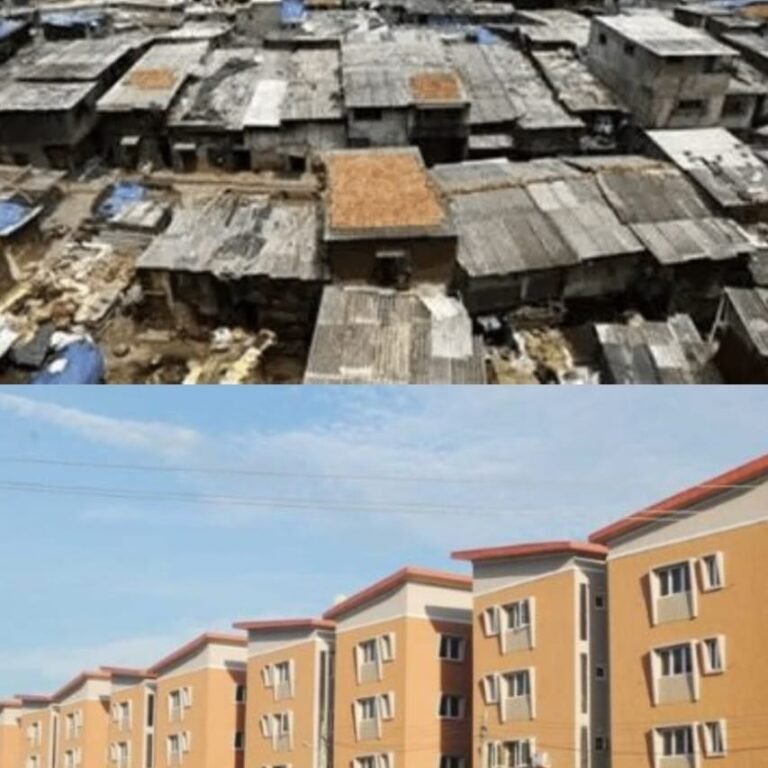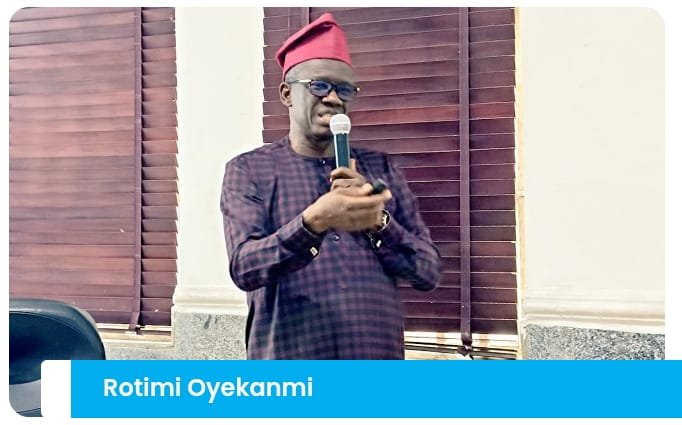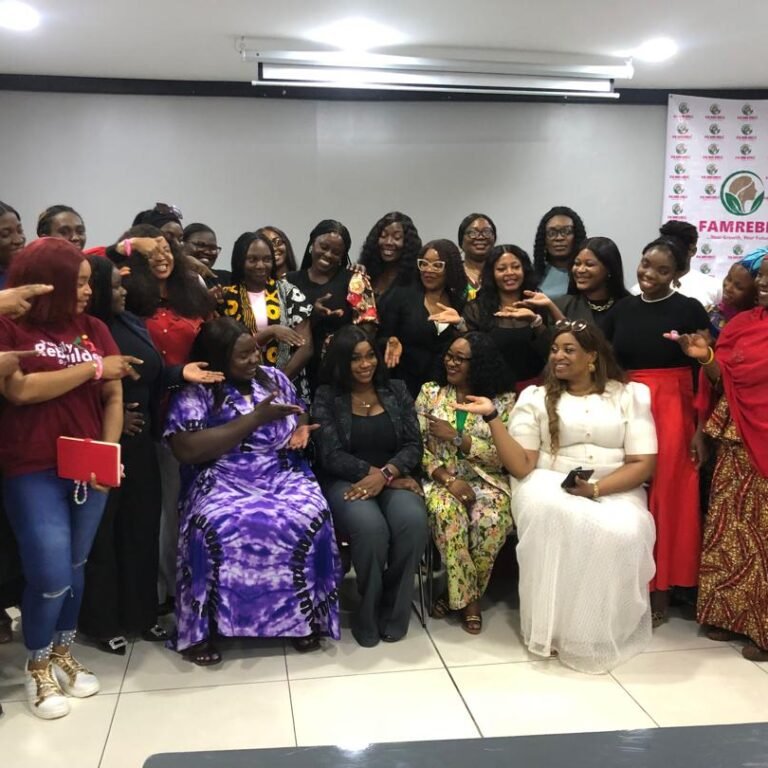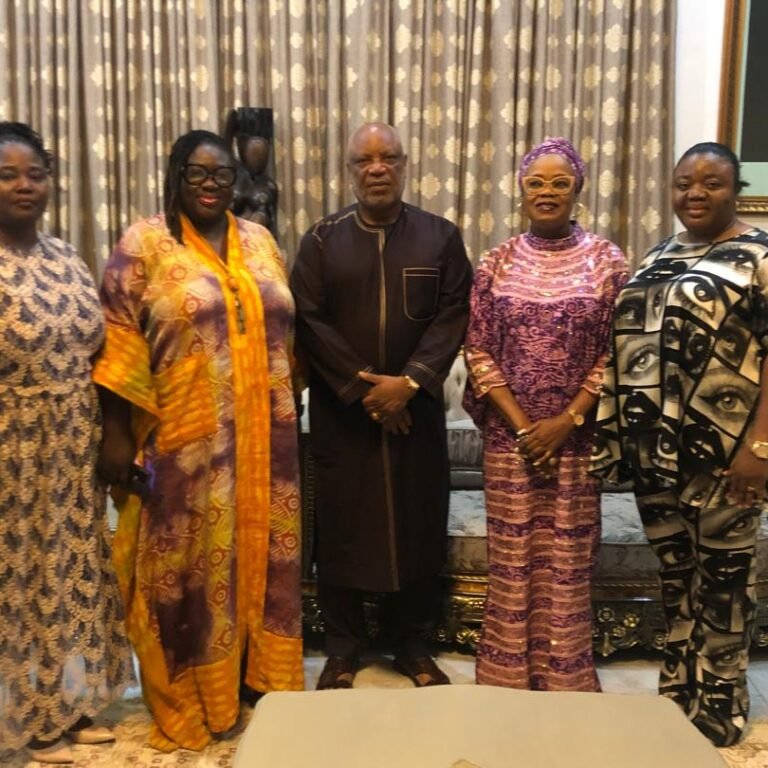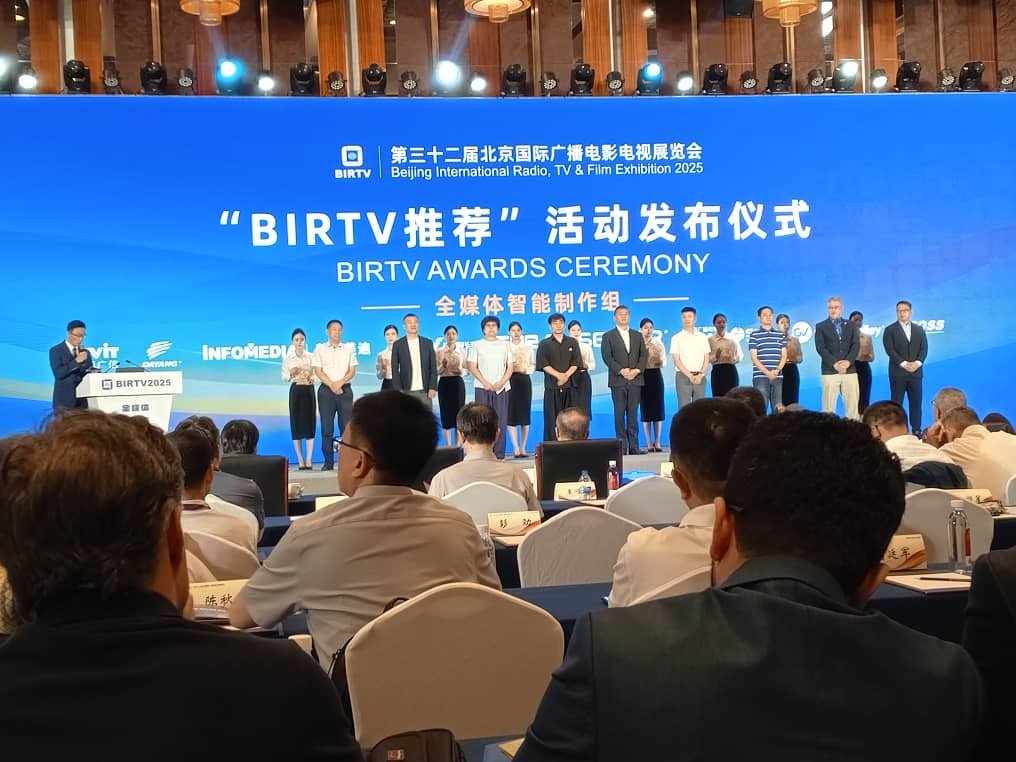
By Gabriel Ameh
Editor’s Note:
In this edition of our Africans in China series, Media360Impact brings you another firsthand account of an African journalist exploring the intersection of culture, technology, and diplomacy in modern-day China. Caroline Ameh, a Nigerian journalist, shares reflections from her recent official trip to Beijing and Xi’an, Shaanxi Province, where tradition meets innovation, and culture fuels global influence.
A Journey Begins: First Impressions of a Timeless Power
My journey to China from July 11–25, 2025, was more than official it was transformational. It was my first visit, and from the very beginning, my impressions were excellent. What stood out most was China’s incredible ability to preserve its centuries-old culture and traditions, even amidst rapid modernization and global influence.
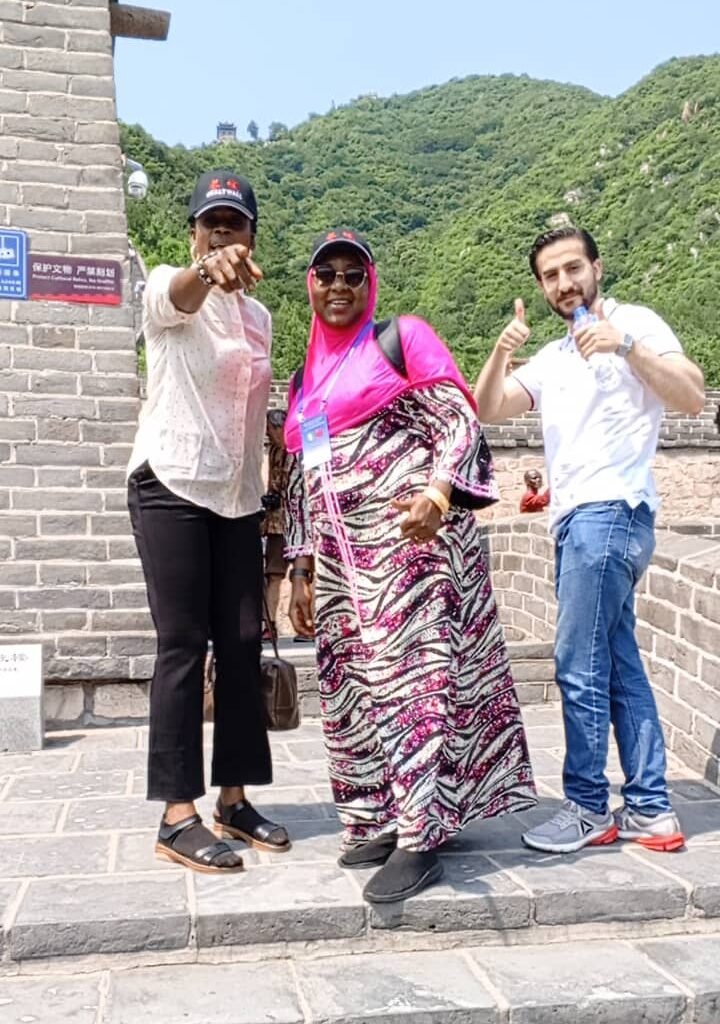
In every province I visited, from the bustling capital Beijing to the historic city of Xi’an in Shaanxi Province, culture was not something relegated to museums it lived in the streets, in performances, in architecture, and in the people.
Travel & Hospitality: Smooth, Smart, and Stunning
The Chinese transportation system is second to none. Road networks are clean and efficient. Their high-speed rail system? Superb. Travel within the country was smooth, organized, and a true example of infrastructural foresight.
Accommodation and hospitality were equally impressive. Despite occasional language challenges, the Chinese are adapting fast, with translation apps commonly used on smartphones. Their openness to innovation helps bridge communication gaps.
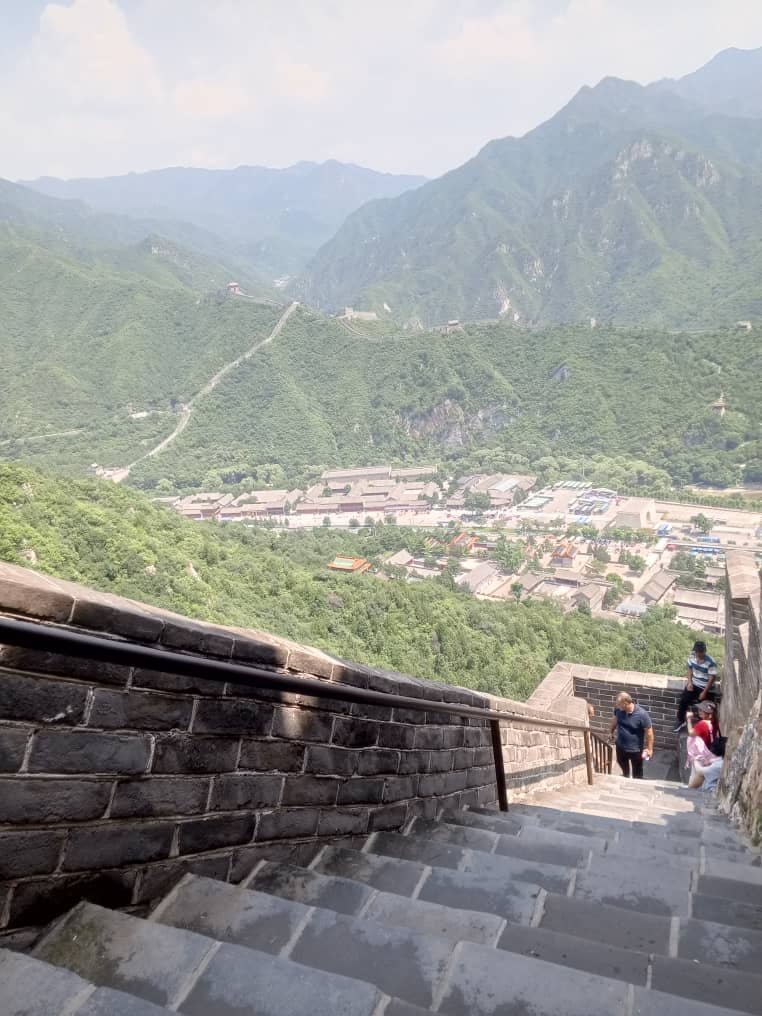
Food, People & Culture: A Feast for the Senses
The food in China was diverse and enjoyable I tasted everything, with no clear favorite. From street snacks to traditional banquets, each meal was an experience. The people were incredibly warm and accommodating, enhancing every aspect of the journey.
A cultural highlight was witnessing the Xi’an Classical Opera, a deeply moving display of traditional Chinese storytelling, costume, and music. Experiences like these left no doubt about how deeply China values its heritage.
Five Powerful Cultural Lessons from China
This trip was not just about travel it was an education in how a country can build influence through culture. Here are five key lessons I took away:
- Cultural Preservation Through Education and Tourism
Sites like the Great Wall and ancient opera theatres are living tools used to teach both citizens and visitors the value of heritage. - Government Support for Traditional Arts
China’s government invests heavily in sustaining its cultural arts from funding performances to training artists. - Community Involvement in Storytelling
In Shaanxi, locals are integral to cultural tourism serving as guides, performers, and artisans. - Strategic Branding of Culture
China has turned its traditions tea ceremonies, calligraphy, opera into globally appealing assets. - Culture as Soft Power
From films to festivals, China uses its culture as a tool for international diplomacy and influence.
Looking Ahead: What Africa Can Learn

This journey reaffirmed what many already suspect China is the next global superpower, and it’s poised to become Africa’s most strategic ally. The cultural depth, discipline, and vision I witnessed offer lessons African nations can adopt, especially in cultural preservation, strategic investment, and nation branding.
I was also fortunate to build relationships with fellow delegates from around the world, including new friends and potential collaborators from China.
Final Thoughts
Would I recommend a cultural or educational trip to China? Absolutely. It’s a necessary step toward gaining a deeper understanding of a people and a country that is quietly shaping the 21st century.
One word to describe it all? Fantabulous.
About the Author
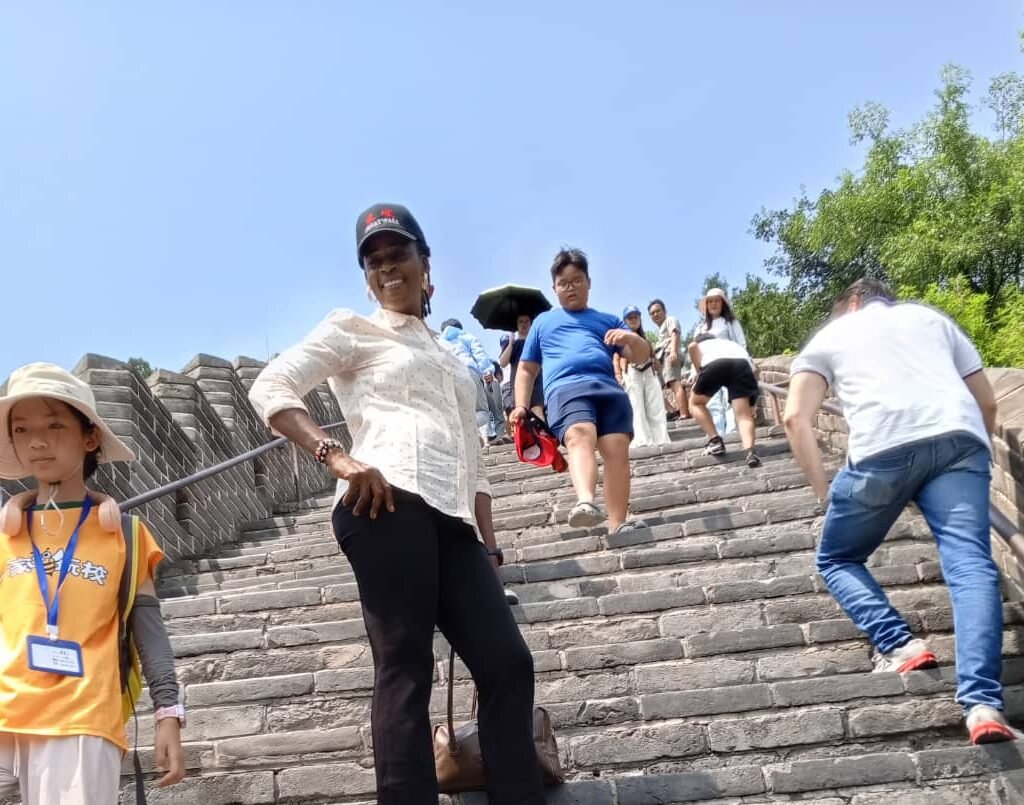
Caroline Ameh is a Nigerian journalist passionate about international reporting and cultural diplomacy. With a growing interest in global affairs, she uses storytelling to bridge the knowledge gap between Africa and the world. Caroline recently traveled to China on an official visit, where she explored cultural and infrastructural landmarks in Beijing and Xi’an.




